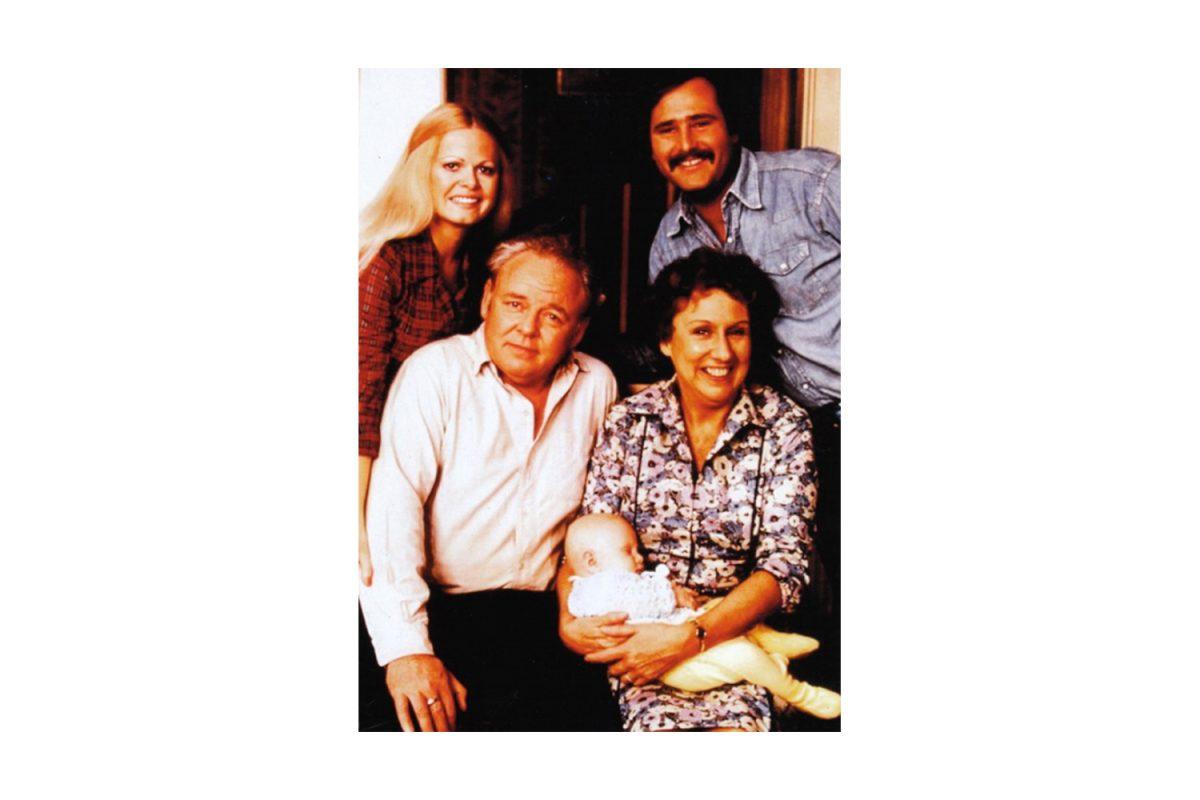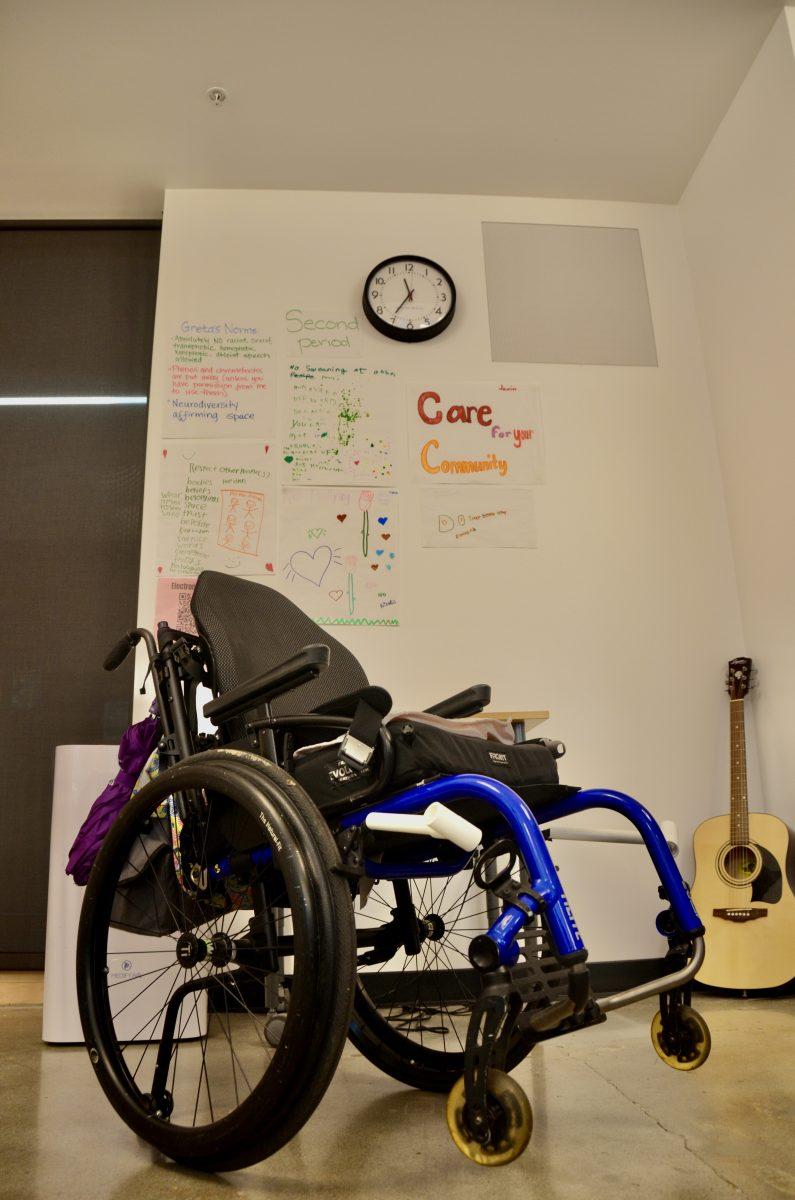
On May 14, 2022, thousands of Oregonians flooded Multnomah Pioneer Courthouse Square, protesting Roe v. Wade’s overturning and the dangerous implication of the United States Supreme Court’s decision on reproductive rights.
As I (Lucy Brewster) stood amongst fellow protesters, listening to the speakers, I was deeply inspired by their words and in awe of their honesty. But as the speeches progressed, the tone started to dramatically shift. One speaker called out two women wearing “Handmaid’s Tale” costumes, stating that they weren’t “real” advocates and that they were actually committing a violent act of racism.
The speaker, a woman of color, said that wearing the costume implied an America without reproductive rights is a thing of the future, claiming that it ignored the fact that America has historically restricted the reproductive rights and agency of people of color.
I’m sure that the intentions of the speaker were good, but with American conservatives waging coordinated assaults on the rights of women, BIPOC and LGBTQ individuals, I was confused as to why we were making enemies out of fellow protesters. People who were sacrificing their time and resources to be there were being singled out and isolated for relatively small details when compared to the context of what was going on. After living almost my whole life in Texas, a notoriously red state, I was just glad people had shown up.
This is not a unique occurrence. Many progressive people and organizations have become overly focused on addressing smaller-scale issues, which has had a tangible impact on the effectiveness of movements across the board. While many of these concerns are valid and deserve to be addressed, endless discussion can create tension and turmoil within our own organizations, groups and communities, leaving causes stagnant.
During the spring and summer of 2021 the Sierra Club, an environmental advocacy group, became embroiled in an internal debate about the legacy of John Muir, the club’s founder, as well as larger discussions about reforming the organization’s structure.
The internal turmoil paralyzed the club right when critical negotiations were occurring between the White House and moderate Democratic Senator, Joe Manchin, about the climate provisions of Biden’s landmark Build Back Better legislation. Manchin would eventually vote against the bill, dooming it to failure in the evenly split Senate.
While a smaller climate package in the form of the Inflation Reduction Act was put in place, one wonders whether the bill’s climate provisions would have been more expansive if advocacy groups like the Sierra Club were present at the negotiating table. The club’s focus on remedying its past could have cost them a valuable opportunity to shape the future.
Part of this issue lies within the increasing influence of social media on political movements. While it has become a crucial component of organizing and mobilizing movements, it has also created a plethora of unforeseen setbacks.
Social media has encouraged a culture that neglects action in favor of appearance. This culture allows people to post a black square or some other blanket statement of solidarity and convince themselves that these things are all they need to do to create change. They are not.
Additionally, “political activism” on social media focuses more on proving the other side wrong than collaborating to find solutions. If you look at the comments under a Twitter post or Youtube video, political discussions quickly devolve into arguments and finger-pointing, full of vitriolic rhetoric and vicious insults. These conversations can go on and on, with neither side wanting to let the other have the last word.
These endless arguments with little substantial action can take the wind out of a movement very quickly. After the overturning of Roe v. Wade, there was a passionate and angry outcry that left as swiftly as it came — especially in liberal states where we feel protected by our local governments. Discussion and communication are vital parts of movements, but when endless conversation becomes the primary focus, action is left on the sidelines.
All of this infighting among the left is especially concerning when you compare it to the pinpointed attacks that conservatives use to advocate for their causes — whether it’s a 50-year campaign against abortion or their consistent undermining of voting rights, their attacks are specific and focused, eroding decades of the left’s work.
For those of us on the left, which is many of us at Grant High School, we must have an equally forceful response. We need as many advocates on our side as possible, focused on specific goals that we can rally around to create change.
This means focusing on the issues that unite us, and using that to fuel action and create tangible change in our communities. Advocacy must be rooted in action and collaboration. The power to produce change comes from unity, not division.











































